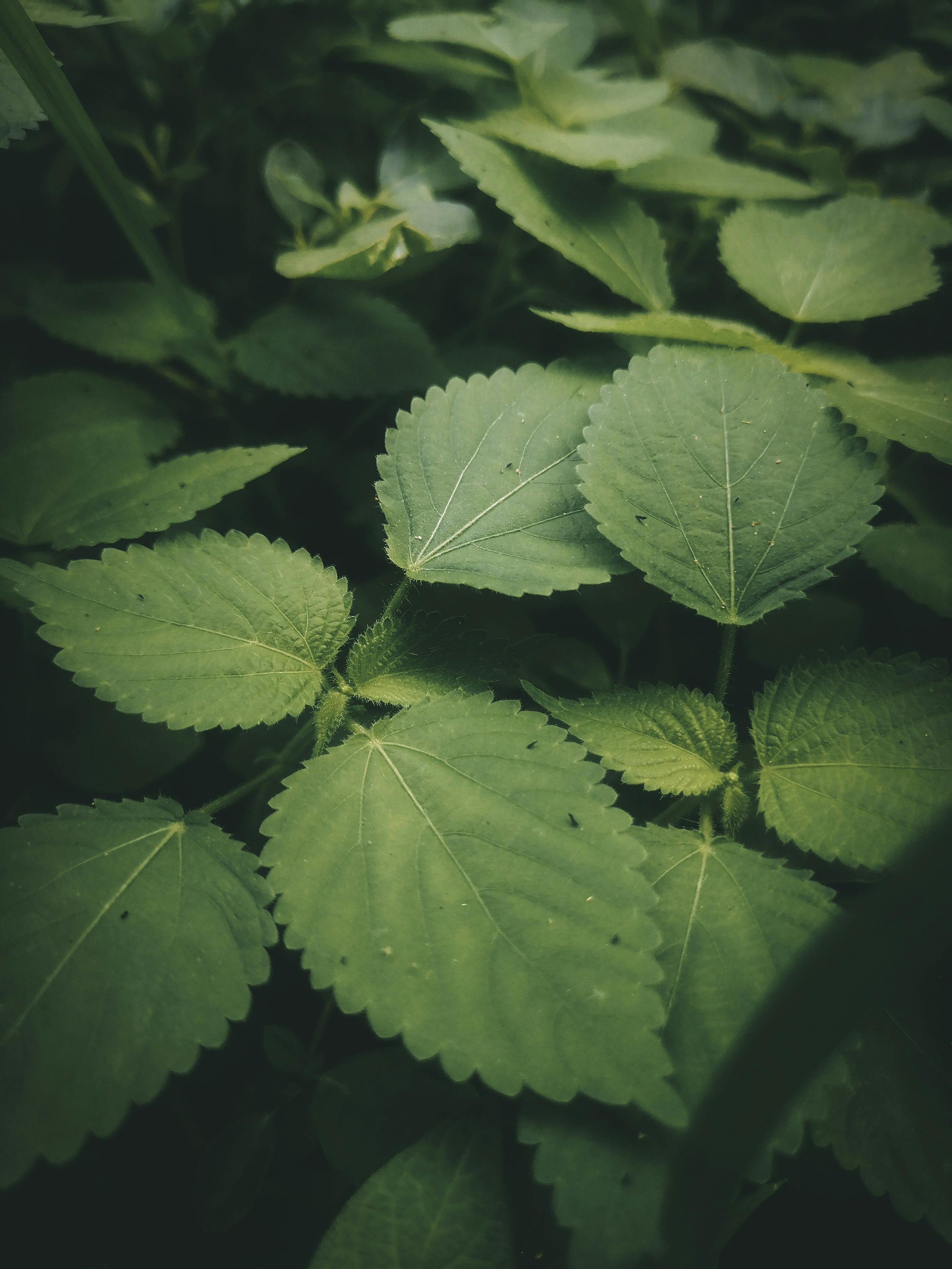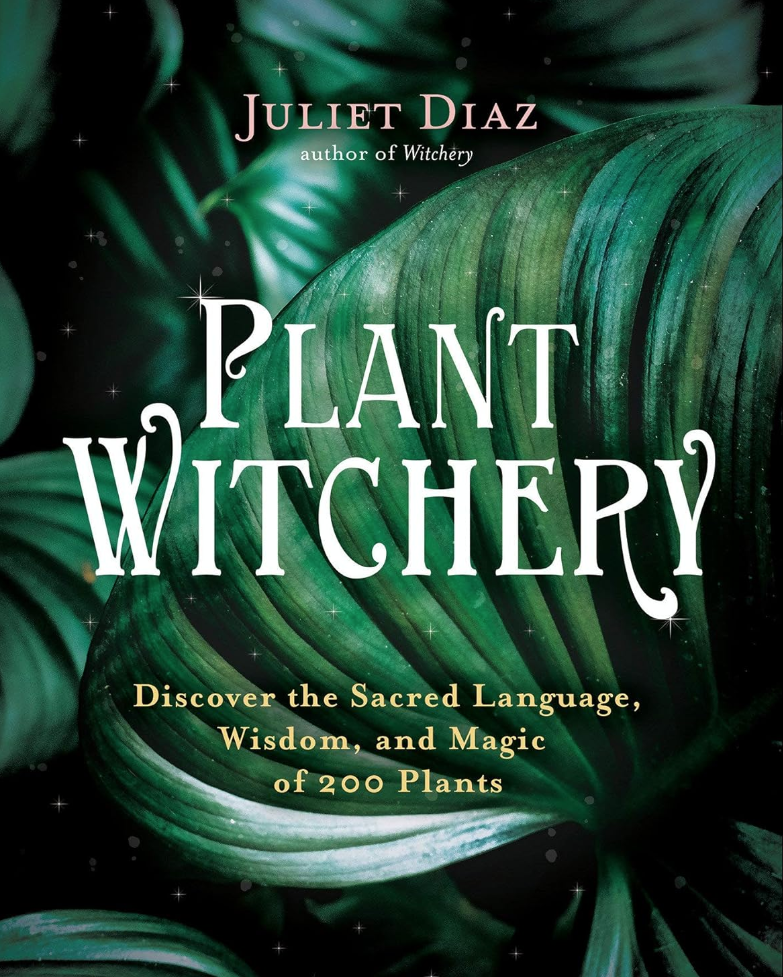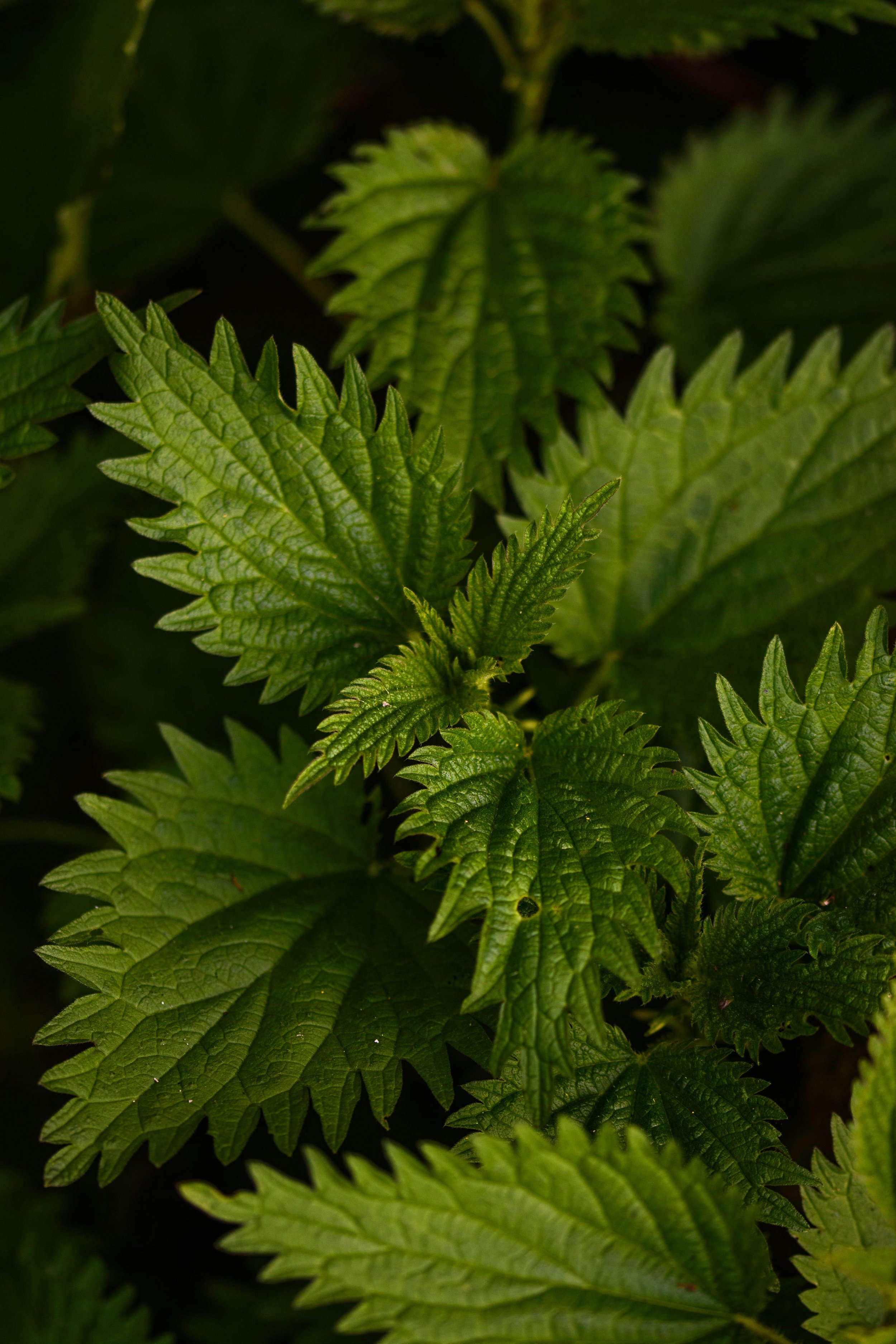Plus, Three Different Stinging Nettle Tea Recipes
What are some fun facts about stinging nettles? Read below and find out! Image source: Pexels.
At Nectar Retreat Centre, we’re exploring a plant or funghi each month this year that can be found on Bowen Island, BC, including Pine, the Oyster mushroom, and Mosses. We’re thrilled to be featuring stinging nettle this month, a versatile herbaceous perennial plant, so often dismissed as a mere ‘weed’. Stinging nettle (Latin name Urtica dioica) is a resilient and versatile herbaceous perennial plant that spans across Europe, Asia, North Africa, and North America. Known for its stinging leaves, this hardy plant offers a myriad of benefits ranging from environmental rewilding to medicinal uses and even spiritual significance. Stay with us to the end for three nettle tea recipes that do wonders for our complexions.
Some fun facts about nettles
The nettle plant's stem and leaves are covered with needle-like hairs, each containing acetylcholine, formic acid, histamine, and serotonin, inducing a noticeable burning sensation upon skin contact.
Intriguingly, the juice from the plant's own leaves possesses the ability to heal the sting it inflicts.
Julius Caesar's troops used nettles for staying awake during campaigns between 58 and 45 BCE.
Extracting fibers from dried and pounded nettle stalks resulted in fabric comparable to flax or hemp.
Stinging Nettle herbal decoction can curdle milk, offering a substitute for rennet in cheese production.
The cosmetics industry heavily relies on nettle, using it in the production of shampoos and conditioners.
The Norse god Thor is associated with the nettle. In times of thunderstorms or turbulent weather, travelers would toss bundles of nettles into the fire as an offering to Thor, seeking protection from lightning.
Stinging Nettle (Urtica dioica) can be found seasonally on Bowen Island. Image source: Britannica
Physiology and Habitat
Spanning across Europe, Asia, North Africa, and North America, Stinging Nettle typically reaches a height of 2 meters (6.5 feet), they emerge in the early spring, forming dense colonies through its yellow creeping rhizomes. Stinging Nettle thrives in soil abundant with nitrogen and is frequently encountered in wastelands, along meadow perimeters, within open and fertile forests, as well as in other areas where there is the presence of animal or human waste.
The plant features toothed leaves covered with both stinging and non-stinging plant hairs, called trichomes, with tiny green or white flowers in clusters. Stinging Nettle, unlike many other plants, mostly are dioecious, a term meaning producing only male or female flowers throughout each singular plant. ‘Dioica’, which roots the term ‘dioecious’, means two houses, in other words, the plant requires two houses to reproduce. (Though it should not be overlooked that there are subspecies that are monoecious, producing both female and male flowers).
While Stinging Nettle is specifically Urtica dioica, the entire genus order of Urtica (46 species and 11 subspecies) are recognized as synonyms of Urtica dioica. Stinging Nettle, and other Urtica species, deters large herbivores by its acetylcholine, formic acid, histamine, and serotonin as part of its defense mechanism, leading to a temporary rash upon skin contact. Intriguingly, the juice from the plant's own leaves possesses the ability to heal the sting it inflicts.
Ecological Contributions of Stinging Nettle
Stinging nettle is a low-maintenance plant that thrives in wastelands, categorized as 'dynamic accumulators' or 'mining plants.' Plants of this category positively impact nearby vegetation by efficiently gathering essential nutrients. Urtica dioica has the unique ability to extract Sodium, Sulphur, Nitrogen, Calcium, Potassium, Iron, and Copper. This distinct capability enhances the defense mechanisms of neighboring plants, providing increased resilience against pests and diseases.
Clusters of Stinging Nettles (Urtica dioica) are vital for offering food and shelter to more than 40 insect species, which rely entirely or partially on nettles for survival. Stinging Nettles play a crucial role for specific butterfly species like the Red Admiral, Small Tortoiseshell, Peacock, and the Comma, making a substantial contribution to the biodiversity and ecological equilibrium of the nearby environment.
Stinging Nettle, when growing in clusters, can function as shelter (and food) to more than 40 insect species. Image source: Pexels.
Stinging Nettle Health Benefits
Records indicating the use of nettle are plentiful throughout European and Asian history. Widespread use is recorded as far back as the Late Bronze Age, or between 1570 and 1200 BCE, and continues today.
Stinging Nettles are packed with a rich content of essential minerals including vit A, calcium, iron, magnesium, and chlorophyll; one cup, blanched, contains six grams of fiber, more than two grams of protein and large amounts of Vitamin K and calcium. The rootstock is used as a diuretic and for treating various ailments, while nettle leaves (sometimes called nettle tops) are employed in teas for conditions like hay fever, diabetes, gout, arthritis, and anemia, according to Mount Sinai Hospital. In recent years, it has been studied for its potential for promoting hair growth and radiant skin. The plant's anti-inflammatory, antioxidant, and analgesic properties make it valuable in topical creams for joint pain and skin concerns, such as eczema and psoriasis. The cosmetics industry heavily relies on nettle, using it in the production of shampoos and conditioners.
Indigenous Uses of Stinging Nettles
According to the non-profit, North Cascades, Indigenous tribes, including the Coast Salish, Winnebago, Omaha, Cupeño, Menominee, and Subarctic peoples, have long utilized Stinging Nettle for various purposes, such as clothing, fishing nets, food, medicine, and ceremonial practices. The plant's leaves are consumed in the spring for blood and liver purification, and is particularly valued during childbirth for its benefits in preventing excessive bleeding and easing labor pains. Stinging nettle is also employed as a styptic to bleeding wounds.
Urtication (from the Stinging Nettle’s latin genus, Urtica, meaning to burn), an older form of microneedling, is a practice dating back over 2,000 years in many Indigenous and folk traditions around the world, involves beating limbs with Stinging Nettle stalks, believed to alleviate arthritic pain. The plant's sting has been utilized by warriors and hunters to stay alert during battles or hunts. Ceremonially, nettle leaves are burned in sweat lodges for offerings and treating pneumonia and the flu. In folklore, nettle is associated with Coyote, portraying it as the trickster of the plant world.
Other Uses for the Common Stinging Nettle
What (else) is nettle used for? The predominant historical use of nettle in Europe lies in textile production. Drying and pounding nettle stalks yield fibers that can be twisted into rope or used to craft cloth, with the manufacturing of nettle fabric dating back to the Late Bronze Age. This fabric, similar to flax or hemp, offers a range of textures, from silky and fine to coarse and thick. It shares the versatility of bleaching and dyeing as with cotton textiles. During the 16th and 17th centuries, Scottish household linens favored nettle fabric, while in the early 20th century, Germany extensively utilized nettle fibers, discovering their efficacy when mixed with 10 percent cotton for underclothes, fabric, stockings, and tarps. Fishing nets during this period were also predominantly fashioned from nettle twine.
In France, nettle found diverse applications, particularly in paper production. French cheese-makers identified that a decoction of nettle leaves could curdle milk, serving as a substitute for rennet.
In the era of Julius Caesar, Roman soldiers carried Stinging Nettle seeds and leaves to rub onto cold, chapped skin, aiming to alleviate the effects of fatigue and numbness caused by extreme cold on their limbs.
During ancient times in Egypt, people burned the oil extracted from nettle seeds in lamps. In Arab countries, ground nettle seeds were added to horse food to enhance the shine and gloss of their coats.
Spiritual Meanings of Stinging Nettles
Stinging nettle carries spiritual symbolism, especially during the spring equinox. Its association with protection is evident in its stinging defense mechanism, teaching respect for boundaries. In folklore, nettles have been linked to Thor, the Norse God of Thunder, offering protection against lightning, or the embodiment of lightning through nettle’s burning sting. In times of thunderstorms or turbulent weather, travelers would toss bundles of nettles into the fire as an offering to Thor, seeking protection from lightning.
Within many magical traditions, nettle is held in high regard as a protective plant, valued for its ability to dispel negative energies, breaking spells, releasing unhelpful patterns, and providing overall protection. Its leaves find application in witchcraft potions crafted to transform challenging situations into nurturing ones, and they can be burned to eliminate negativity and break curses. Nettle, in certain animist practices, also shows up in regenerative planning and time crafting, such as in Ceremonie by Mimi Young’s November spiritual retreat Making Time Retreat hosted by Nectar Retreat Centre, where the Urtica plant, as well as Tea (Camelia sinensis) will be part of daily ceremonies and deeper work. (We also host other wellness retreats, including silent meditation.)
Cooking with Stinging Nettle Leaves
Cooking removes the sting from nettle plants. When using nettles in your kitchen, opt for the young tops before they reach the flowering stage. It's recommended to consume only young nettle tops harvested before May or before they are flowering (typically between May or June through to October, though it can vary by region), as the flowering plant may contain cystolith crystals that have the potential to disrupt the urinary tract.
Generally, cook with nettle as you would with spinach. Add it to lasagna, frittatas, soups, pesto, dumplings, or anywhere you would like greens. Every spring, many of us here on Bowen Island find Stinging Nettle Chips especially tasty. You might even find us incorporating nettle tops as part of our Nectar Experience Package’s seasonal breakfast!
Three Different Stinging Nettle Tea Recipes
Three variations of Stinging Nettle herbal tea are listed below. Honey can be added as a sweetener.
Stinging Nettle tea benefits include what’s listed above, as well as the optional presence of other herbs that compliment nettle leaf.
According to Mount Sinai Hospital Urtica dioica tea supports hay fever, diabetes, gout, arthritis, and anemia. Studies also show that Nettle supports hair, skin, and bones. Image source via Pexels.
Pure Stinging Nettle Tea Recipe
This tea is mild, earthy, and comforting.
Combine 3 teaspoons of nettle leaves that can hold 1.5 cups of just boiled filtered water. Steep for 10-15 minutes, strain, and enjoy.
Nettle Tops, Mint, and Ginger Tea Recipe
This blend is soothing and promotes digestion
Combine 2 teaspoons of nettle leaves, 1 teaspoon of mint, and ½ teaspoon of ginger into a mason jar or teapot that can hold 2 cups of just boiled filtered water. Steep for 10-15 minutes, strain, and enjoy.
Nettle, Lemonbalm, and Rose Petals Tea Recipe
This blend is calming and relaxing
Combine 2 teaspoons of nettle leaves, 1 teaspoon of lemon balm, and ½ teaspoon of rose petals into a mason jar or teapot that can hold 2 cups of just boiled filtered water. Steep for 10-15 minutes, strain, and enjoy.
Whether as a source of environmental vitality, nutrition, low-impact textile, or a symbol of protection, Stinging Nettle is a valuable ally that defies the label ‘common weed’. We are grateful to have you learn with us. Next month’s plant ally—Yarrow—stay tuned!
Additional Works Cited
https://www.britannica.com
https://www.ncbi.nlm.nih.gov/
https://www.greenjeeva.com
https://www.mountainhedgewitch.com/
https://www.seraphinacapranos.com/
https://blog.ncascades.org/naturalist-note
https://www.mountsinai.org/health-library/herb/stinging-nettle
https://ajcn.nutrition.org/article/S0002-9165(23)06703-5/fulltext
https://www.bonappetit.com
https://en.wikipedia.org/wiki/Urtica















